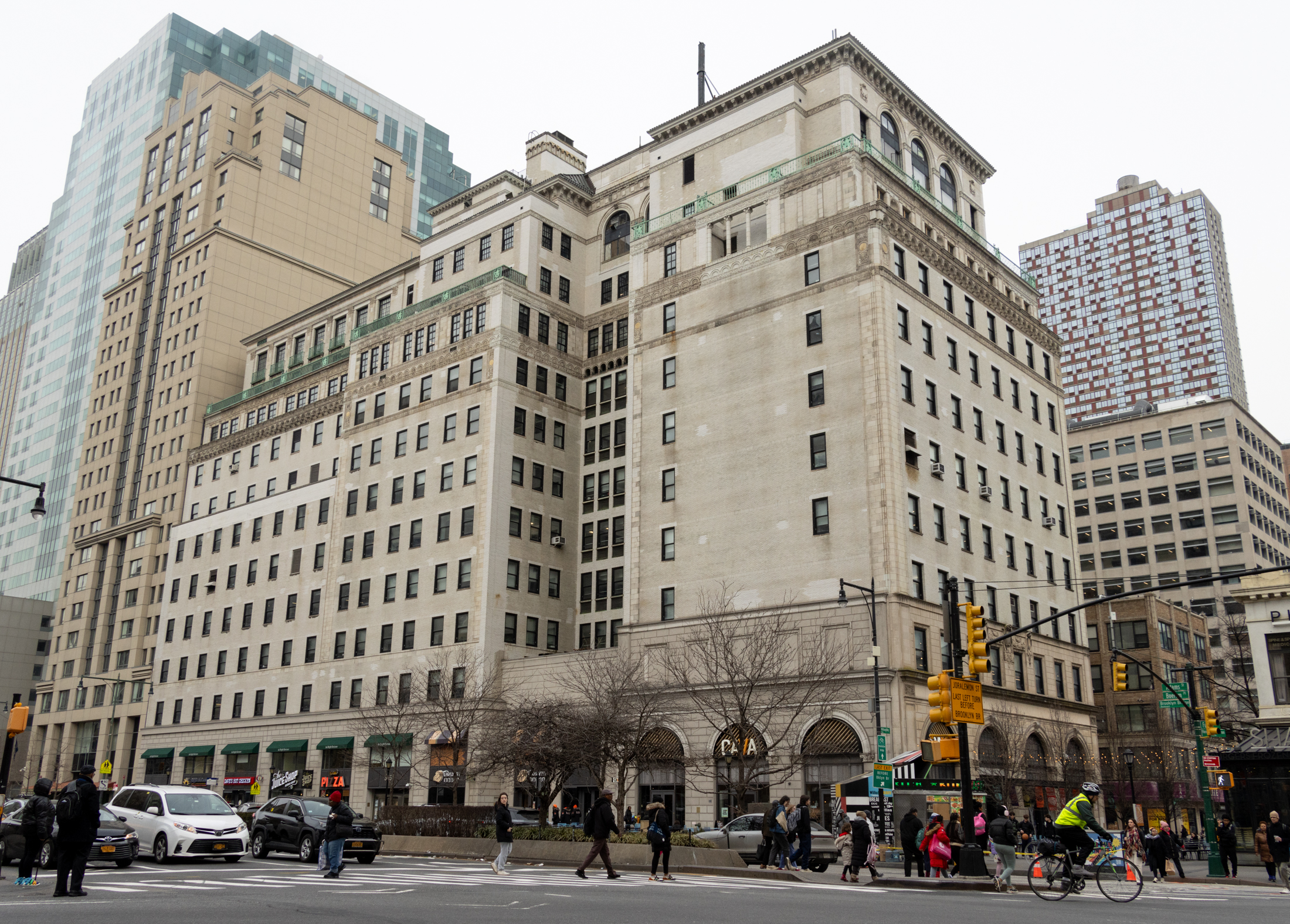Building of the Day: 1926 East 28th Street
Brooklyn, one building at a time. Name: Elias Hubbard Ryder House Address: 1926 East 28th Street Cross Streets: Avenue S and Avenue T Neighborhood: Gravesend Year Built: 1834 Architectural Style: Dutch Colonial, with modern additions Architect: John Stillwell (builder) Landmarked: Yes, individual landmark (1976) The story: As everyone hopefully knows, today’s Brooklyn was originally settled…

The house in 2007. Photo by Nicholas Strini for PropertyShark
Brooklyn, one building at a time.
Name: Elias Hubbard Ryder House
Address: 1926 East 28th Street
Cross Streets: Avenue S and Avenue T
Neighborhood: Gravesend
Year Built: 1834
Architectural Style: Dutch Colonial, with modern additions
Architect: John Stillwell (builder)
Landmarked: Yes, individual landmark (1976)
The story: As everyone hopefully knows, today’s Brooklyn was originally settled as six separate towns. Five of them were Dutch, but one was always English. This was Gravesend, established by the Lady Deborah Moody, an Englishwoman, in 1643. She was granted a patent by the Dutch authorities that year, enabling her and her followers to establish a town. Lady Moody, Nicholas Stillwell, and others in the community were Anabaptists, believing in adult baptisms, which put them out of sorts with the mores of the day in England. They came to the New World and tried to settle in Massachusetts, but the Puritans were less than welcoming, not surprisingly, and the Anabaptists headed to Dutch Long Island.
The name Gravesend usually conjures up a town next to a cemetery, but the word actually is a derivation of Old English, and means “Grove.” It was named for a similarly named English seacoast town, and means “town at the end of the grove.” The settlers established a fortified town, with barricaded walls. The Native Americans in the area had been at war with a very brutal Dutch governor, and although he had been recalled, tensions there were still quite high. But the town eventually thrived and grew, as more and more settlers built houses and started small farms. Gravesend has some of Brooklyn’s oldest houses, although most are not singled out for special regard, whether landmarked or not.
This house is certainly not the oldest in Gravesend, but it is certainly historic and notable. It was originally on a 30 acre farm plot on what was then Ryder’s Lane, near today’s East 28th Street. It was built in 1834 in the familiar Dutch Colonial style for Elias H. Ryder. He was a descendant of Barent Juriansz Van Ryden, who came to Brooklyn from Holland in 1653. His son, Bernardus Ryder, bought two adjoining plots of land, forming this farm.
Three generations later, Elias Hubbard Ryder inherited part of the land, and asked carpenter and cabinetmaker John Stillwell to build him a home. This house, designed in the vernacular style of the area, is the result.
Elias Hubbard Ryder died in 1875, leaving the house to his son, also named Elias Hubbard Ryder. The son had married John Stillwell’s daughter, Ida, and had four children who were born and raised here. Their youngest child, Frederick Hubbard Ryder eventually inherited the house. His son Alfred, and Alfred’s wife and child were living in the house in 1928, when the city got around to surveying Gravesend. The house was still in the middle of a large open field, as can be seen in the 1923 photo below.
The surveyors discovered that the house was lying in the middle of what was to be East 29th Street. The Ryder family also still owned a sizable plot around it that the planned street grid ran through. The city condemned the house through eminent domain, got title to the property, and sold the house back to the Ryder family. They held on to the rest of the land. Most of the house was moved to its present location, but in the process later additions to the house were lost. Part of it was not structurally sound, and another addition would not fit into the lot the city had moved the house to.
In order to make up for the lost space, the family enclosed the porch and added a bedroom and bathroom to the second floor. They also added a rear second story wing to add another bedroom. The new addition was designed to follow the original roofline as much as possible. Although changes were made to the original design of the house, it still retains much of its original Dutch Colonial charm. When the 1928 alterations were made, the house was reclad in wooden shingles, and retained the Colonial style shutters.
Over the years, the house has not changed all that much. Gravesend, one of the last Brooklyn neighborhoods to develop, grew around it. It was designated as an individual landmark in 1976, which no doubt prevented a lot of inappropriate modernization. A low but modern brick fence now surrounds the property, which sits on a large 50-by-100-foot lot in the middle of the block.
The Ryder family was very prominent in Gravesend. At least two other family houses are in the neighborhood, including the Charles Ryder home, at 32 Village Road North. The Lawrence Ryder-John van Cleef house stands at 38 Village North Road. Both houses were moved from their original locations. Ryder Avenue in Midwood, and Ryder’s Lane, here in Gravesend, were named after them.
Thanks to Kevin Walsh’s Forgotten NY for research material for this article.













What's Your Take? Leave a Comment